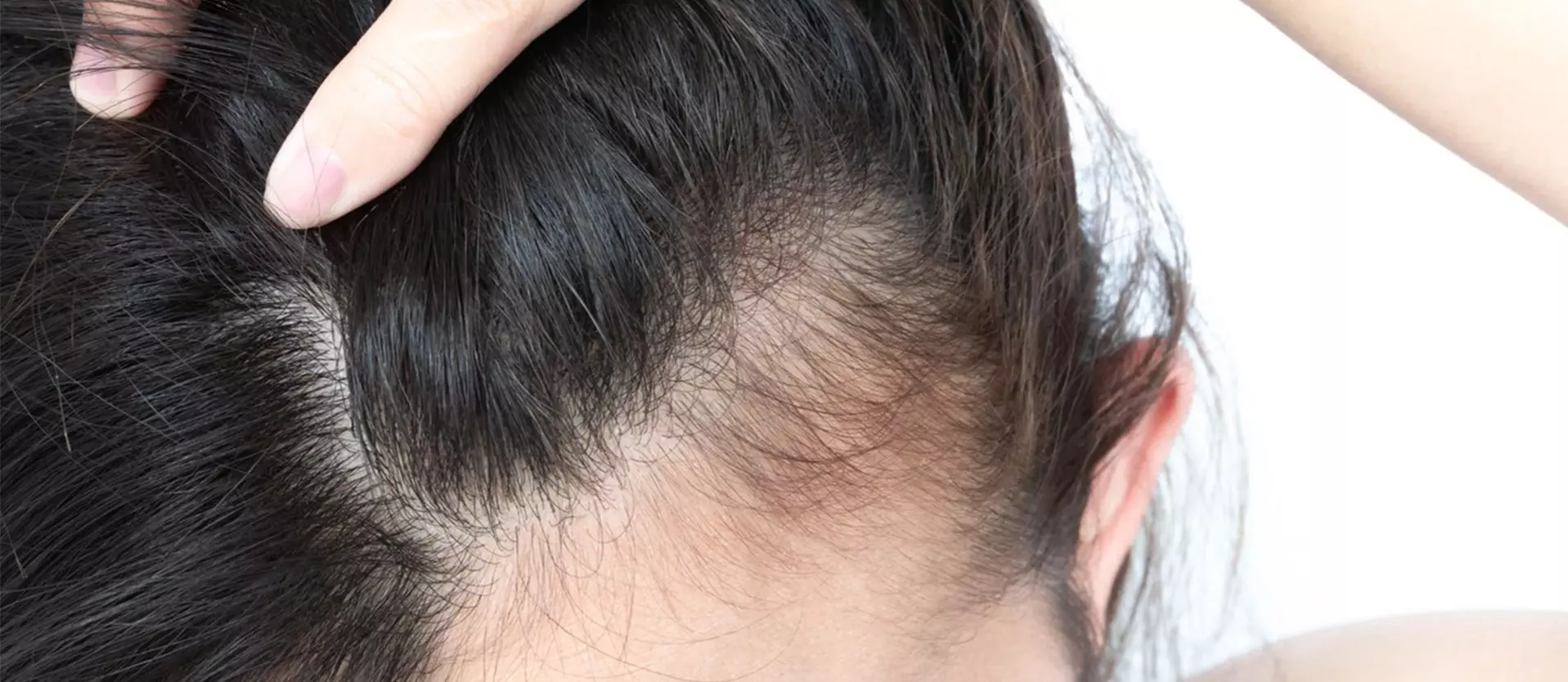Most people know the term alopecia. However, there are different types, typically caused in different ways. Here, we’ll look at how frontal fibrosing alopecia differs from traction alopecia.
How Do I Know if I Have Frontal Fibrosing Alopecia?
This type of hair loss, abbreviated to FFA, typically occurs along the front of the head. It can also occur on the sides, presenting what appears to be a receding hairline. In this case, the hair follicles are destroyed, so hair can no longer grow in the affected areas. The condition also causes scarring in these areas. It is also likely that an affected individual can experience thinning eyebrows and sometimes eyelashes. Over time, in cases where the person does not seek or receive treatment, hair loss may also become evident in other areas.
The condition will progress if the individual doesn’t seek treatment, so it is wise to consult a dermatologist if you suspect you have signs of FFA. Treatment can halt progression of the condition and prevent more hair follicles from being damaged.
How Do I Know if I Have Traction Alopecia?
The word traction gives the clue here. This is a type of alopecia that can occur when tension is repetitively placed on the hair. Think of a ponytail or similar style that requires you to pull your hair into one place all the time. This can lead to some of those hairs coming loose and falling out.
If you notice this happening, you should stop tying your hair in the manner you have done to cause the condition. If noticed and stopped early, any hair loss should be rectified. If you continue to pull your hair into the same design – whether that is a ponytail, braids, or something else – you may end up damaging the hair follicles on that part of your head. This in turn may mean hair can no longer grow from them.
How to Tell the Difference Between Traction Alopecia and FFA
You’ll remember that we mentioned scarring occurring with frontal fibrosing alopecia. This does not occur with traction alopecia and therefore provides a way to differentiate between them.
Another way to tell which of the two conditions has presented itself is to consider which area of the scalp is affected. With FFA, it will be the frontal portion of the scalp, with a chance of seeing hair loss around either side as well if the condition has developed. Furthermore, hair loss is likely to occur in any area of the body that has hair. Traction alopecia will only ever affect the scalp, and then only the area that has experienced tension, i.e., the tension caused by a ponytail.
The Importance of Seeking Expert Advice Regarding Any Form of Alopecia
We can see that there are differences between FFA and traction alopecia. However, in the early stages, it may not be obvious what’s causing the hair loss. If you tie your hair in a ponytail, pulling your hair back from the front of your head, you may notice hair loss in that area. As we now know, this mirrors the hair loss seen with frontal fibrosing alopecia.
An expert may be able to identify whether there is any early scarring around the top of the forehead. This would therefore confirm a diagnosis of FFA and a course of treatment to prevent it from getting worse.
Traction alopecia is not as serious as FFA, but it can progress and cause permanent damage to the hair follicles if you continue pulling your hair into the same hairstyle that caused the damage to start with. Hence why it is best to speak with your hair stylist and see a dermatologist to get an accurate diagnosis. They will be able to provide advice and possibly prescribe a treatment that is intended for either FFA or traction alopecia, depending on diagnosis.
If you are struggling to cover any hair loss, regardless of the cause, a hair professional should be able to provide support and advice on how best to style your hair. It makes sense to seek some hair loss solutions in a practical sense as well as visiting a dermatologist.
To learn more about options for frontal fibrosing alopecia and traction hair loss, contact the team at Unique Hair Concepts to schedule an in-person complimentary consultation.






